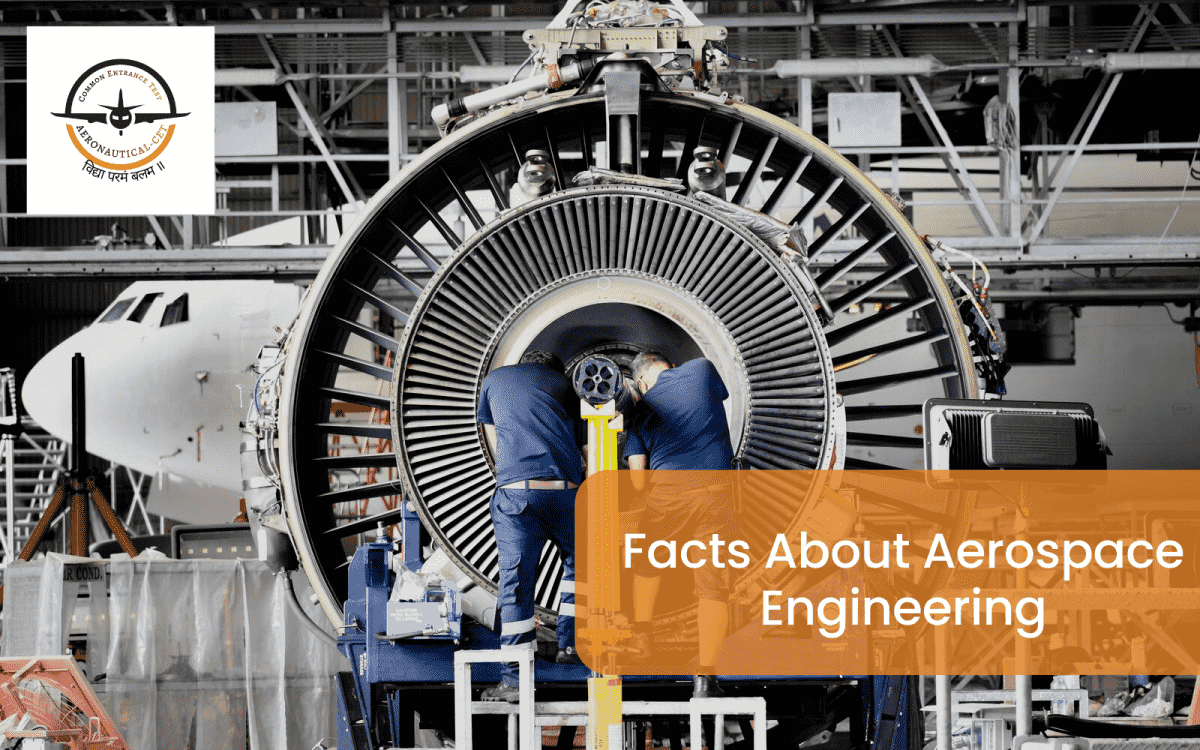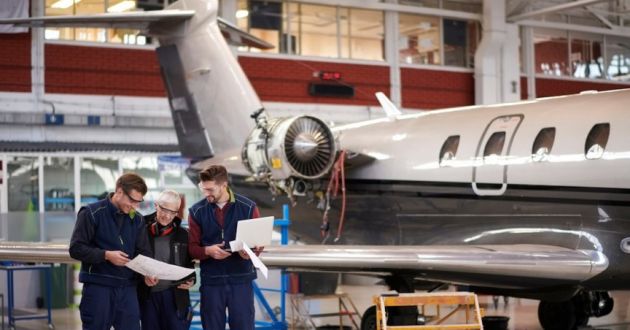Facts About Aerospace Engineering Course
- - Category: Career Management
- - 04 Aug, 2022
- - Views: 226
- Save

Aerospace engineering is the primary field of engineering concerned with design, development, testing,and production.
Aerospace engineering is the primary field of engineering concerned with the design, development, testing, and production of aircraft, spacecraft, and related systems and stuff. Aeronautical Engineering focuses on the technology, theory, and practice of flight within the earth's atmosphere.it has two major and overlapping branches Aeronautical engineering and Astronautical engineering. Avionics engineering is similar but deals with the electronics side of aerospace engineering. After completion of Aerospace Engineering course various job openings are there in the manufacturing of Aircraft, spacecraft and Propulsion Systems. Aerospace Engineering governing body and is approved by AICTE.
Aerospace Engineering Course Duration
The Aerospace Engineering course duration is of four years divided into eight semesters in which exams are conducted semester-wise in which students will build up great knowledge about the manufacturing, designing, and testing of aircraft and spacecraft. During those four years ’ students get broad education and hands- on experiences in the Aerospace engineering field. The last semester of the Aerospace Engineering is complete practical/ industrial training.
For Diploma Aerospace Engineering course duration is of 3 years divided into 6 semesters in which exams are conducted semester-wise. After a diploma in Aerospace Engineering B. Tech/B. E in Aerospace will be for 3 years.
In general, Aerospace engineers mainly work on aeroplanes, satellites, space shuttles, and even missiles. Aerospace engineers were trained about both theoretical and practical concepts that include developing, designing, and manufacturing both aircrafts and spacecrafts. Everyone is aware of what aerospace engineering is all about, but here are some facts about aerospace engineering you must know.
- Aerospace Derived From Aeronautical Engineering
The term aerospace engineering derived from aeronautical engineering, which means navigation through the air but the fact is that aerospace engineering deals with the technology of crafts that are navigating through space. In other words, aeronautical engineers are involved in designing and development of atmospheric flying vehicles but an aerospace engineer is responsible for the designing and development, testing, and production of aircraft, spacecraft, and related systems and stuff. space vehicles that include rockets, satellites, space crafts, etc.
- Aerospace is a Vast field of Study
Another fact involving Aerospace engineering is that it's a vast area of study which incorporates the field like Fluid Dynamics, Aerodynamics, Thermodynamics, Sold Mechanics, Composite Materials and numerous more. An aerospace engineer should have excellent mathematical skills to deal with the mentioned subjects.
- Aerospace Engineering involves many instruments
Aerospace engineering is considered the most complicated branch of engineering because of the number of instruments, tools, and technologies which are not used by another branch of engineering.
- Increasing Demands of Aerospace Engineers
As the industry is expanding due to the increase in commercial travel and the expansion of the different companies, the demand for aerospace engineers in recent years has increased. Thereby increasing the career opportunities for aerospace engineering graduates.
- New Branch of Engineering
Aerospace engineering can be considered as a new branch of engineering, the growth of the field started with the attempt of humanity for powered flight. Another fact on aerospace engineering deals with space crafts and related systems and stuff, its launch vehicle also called rockets, but now not only classical types of rockets are considered as launch vehicles but also the conceptual vehicles that will be able to take off and land like a normal aircraft performing space application also.



